Heungbu Bossam (흥부보쌈)
15.3Km 2021-03-30
15-13, Sillim-ro 59-gil, Gwanak-gu, Seoul
+82-2-888-9464
It's a great place to hold group dining and gathering. This Korean dishes restaurant is located in Gwanak-gu, Seoul. The most famous menu is napa wraps with pork.
Sinchon Sisters Hostel [Korea Quality] / 신촌 시스터즈 [한국관광 품질인증/Korea Quality]
15.3Km 2021-03-27
24, Baekbeom-ro 2-gil, Mapo-gu, Seoul
This guesthouse is located in Nogosan-dong, Mapo-gu, Seoul, as a space for young backpackers catered by a fellow lover of traveling. There are 12 rooms in total, including Double (2-person), Triple (3-person), and Quad (4-person) rooms. Guests have a choice of two double beds or two bunk beds for the Quad room.
All rooms have bathrooms with a shower booth attached. There are no kitchen facilities available, but all rooms allow outside food and there are microwave ovens on premise. Washing machine and dryer is available for use with payment. The guesthouse has high customer satisfaction thanks to its affordable prices, clean facilities, and friendly service.
Sinchon and Sogang University Stations on Seoul Subway Line 2 are located only 5 min away by foot, and airport limousine and Seoul city Bus Stops can also be found nearby. The guesthouse is also close to districts popular among the young in Seoul, such as Hongdae, Hapjeong, Mangwon, and Sangsu.
Samchonne 2ho (삼촌네2호점)
15.3Km 2021-04-06
12, Sillim-ro 59-gil, Gwanak-gu, Seoul
+82-2-876-7704
This is a Sundae stir-fried restaurant with long tradition, located at Sundae Town near Sillim Station. This Korean dishes restaurant is located in Gwanak-gu, Seoul. The most famous menu is blood sausage.
Festival Mundial de la Juventud en Sinchon (신촌글로벌대학문화축제)
15.3Km 2024-07-30
Changcheon-dong, Seodaemun-gu, Seúl
02-330-6714
Yeonnam Seosikdang (연남서식당)
15.3Km 2021-03-24
32, Baekbeom-ro, 2-gil, Mapo-gu, Seoul
+82-2-716-2520
It’s a standing rib restaurant. This restaurant's signature menu is grilled ribs. This Korean dishes restaurant is located in Mapo-gu, Seoul.
Sungmin town (성민촌)
15.3Km 2021-04-13
71, Yeouinaru-ro, Yeongdeungpo-gu, Seoul
+82-2-780-6262
This is a 20-year-old shabu-shabu restaurant. This restaurant's signature menu is shabu-shabu. This Korean dishes restaurant is located in Yeongdeungpo-gu, Seoul.
Ttosuni Sundae (또순이원조순대)
15.3Km 2020-06-16
14, Sillim-ro 59-gil, Gwanak-gu, Seoul
+82-2-884-7565
“Ttosuni Sundae” first started as a small street stand in 1976 and soon became the biggest sundae (blood sausage) restaurant in Sundae Town. Many people visit Ttosuni Sundae because it has been introduced several times through various mass media. White sundae is the most popular dish due to its delicate taste of fried sundae with various vegetables. Sundae guk (blood sausage soup), as well as fried sundae are frequently enjoyed, especially in winter. The dining area is large enough for group gatherings.
Asia Song Festival y Culture Bridge Festa (아시아송 페스티벌 X 문화잇지오)
15.3Km 2024-10-02
Yeouido-dong, Yeongdeungpo-gu, Seúl
070-4333-2380
El Asia Song Festival es uno de los eventos musicales más populares del país e intenta eliminar las actuales barreras culturales juntando a artistas de todas las regiones. Por su parte, Culture Bridge Festival es un evento de intercambio cultural internacional que ofrece actividades culturales a los visitantes.
Daepojjimdak - Sinchon Branch (대포찜닭 신촌)
15.3Km 2021-03-22
27-1, Yonsei-ro, Seodaemun-gu, Seoul
+82-2-325-6633
A place where you can enjoy jjimdak (stewed chicken) with various toppings loved by Koreans. The best menu at this restaurant is braised chicken. This Korean dishes restaurant is located in Seodaemun-gu, Seoul.
Chuncheonjip Dakgalbi Makguksu (춘천집닭갈비막국수)
15.3Km 2019-12-24
1, Yonsei-ro 5ga-gil, Seodaemun-gu, Seoul
+82-2-325-2361
This Dakgalbi restaurant is located in Sinchon, an area surrounded by universities and populated by students. Chuncheonjip Dakgalbi Makguksu’s most popular dish is Dakgalbi, which is prepared by marinating boneless chicken in spicy red pepper paste and stir-frying it with various ingredients in a large cast iron pan. For an extra tasty treat, try adding an assortment of noodles to the chicken as it cooks. After you’ve finished eating your Dakgalbi, don’t forget to order rice to stir-fry in the pan to soak up the extra, flavorful sauce!
The restaurant offers a simple Dakgalbi menu at an affordable price. Thanks to the restaurant’s delicious food, reasonable prices, and casual atmosphere, the restaurant is always full of people.
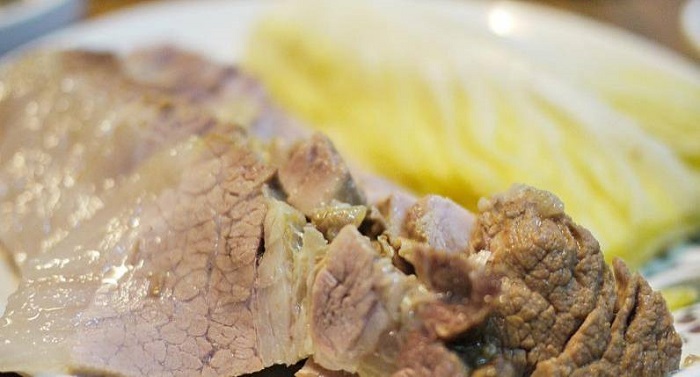
![Sinchon Sisters Hostel [Korea Quality] / 신촌 시스터즈 [한국관광 품질인증/Korea Quality]](http://tong.visitkorea.or.kr/cms/resource/92/2708492_image2_1.jpg)
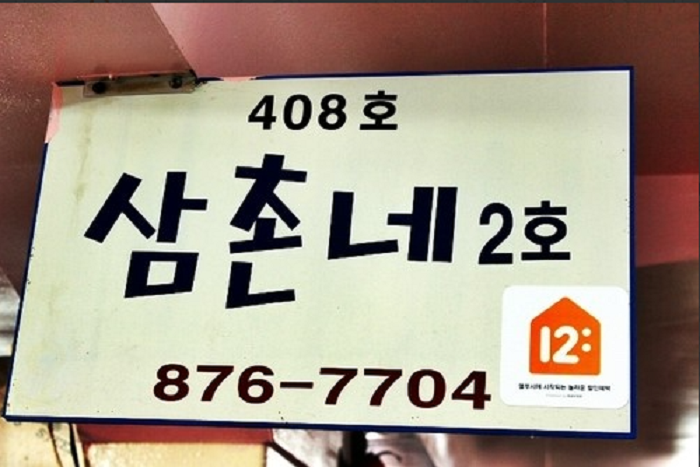
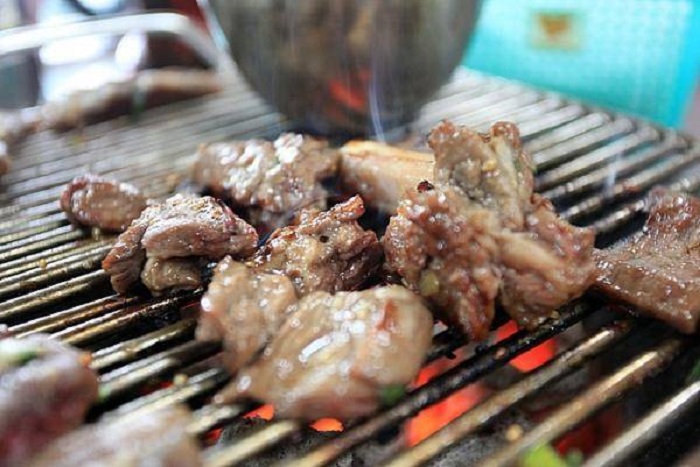
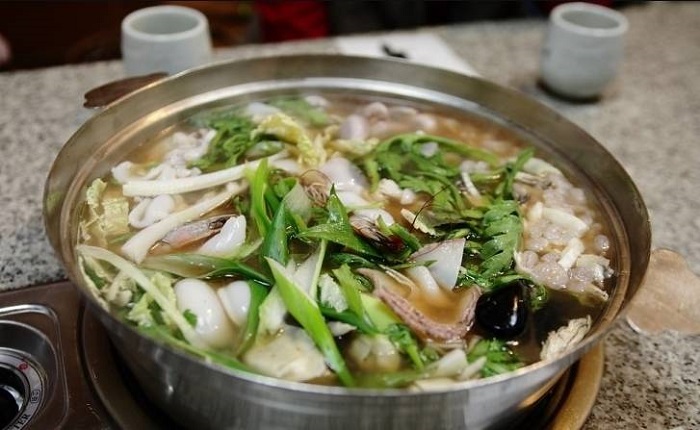
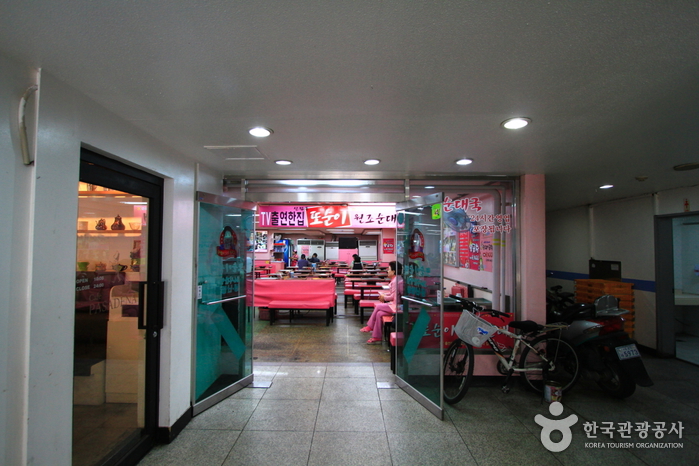
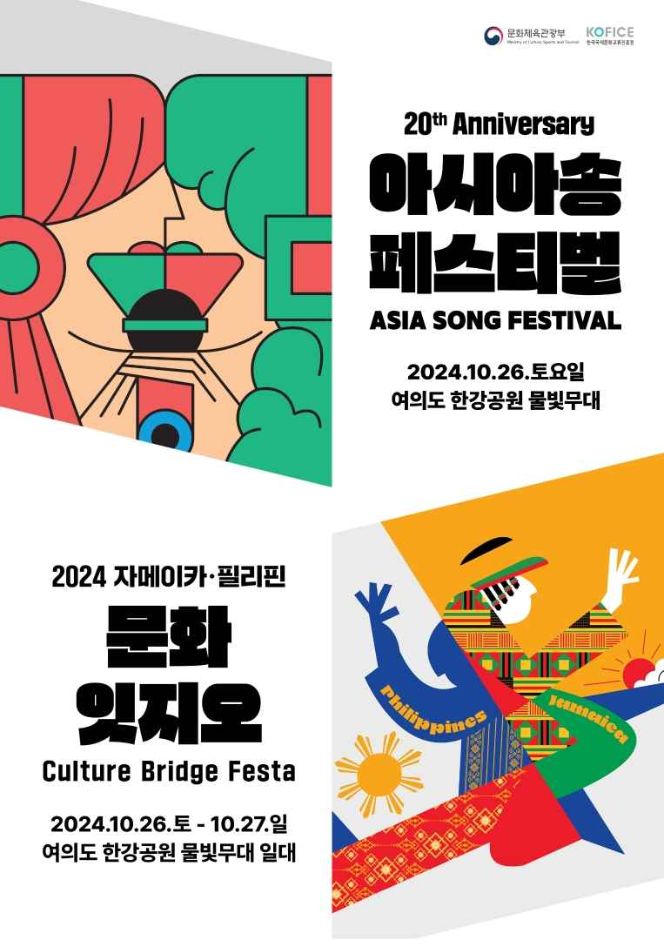
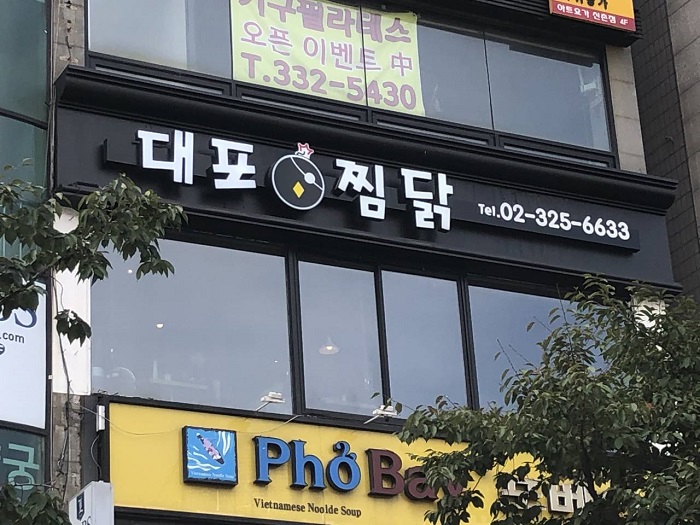
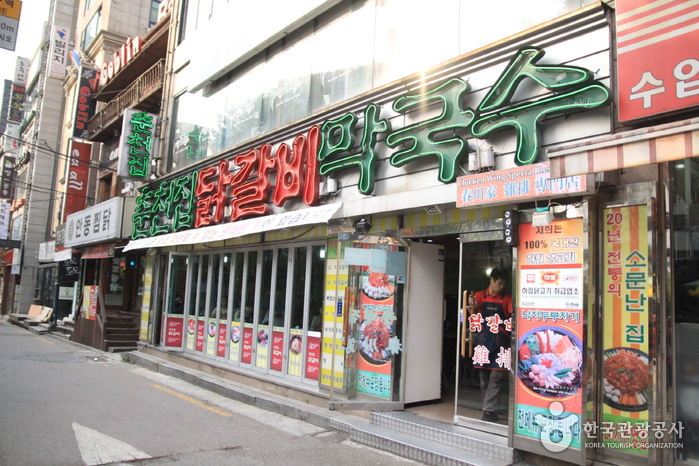
 Español
Español
 한국어
한국어 English
English 日本語
日本語 中文(简体)
中文(简体) Deutsch
Deutsch Français
Français Русский
Русский